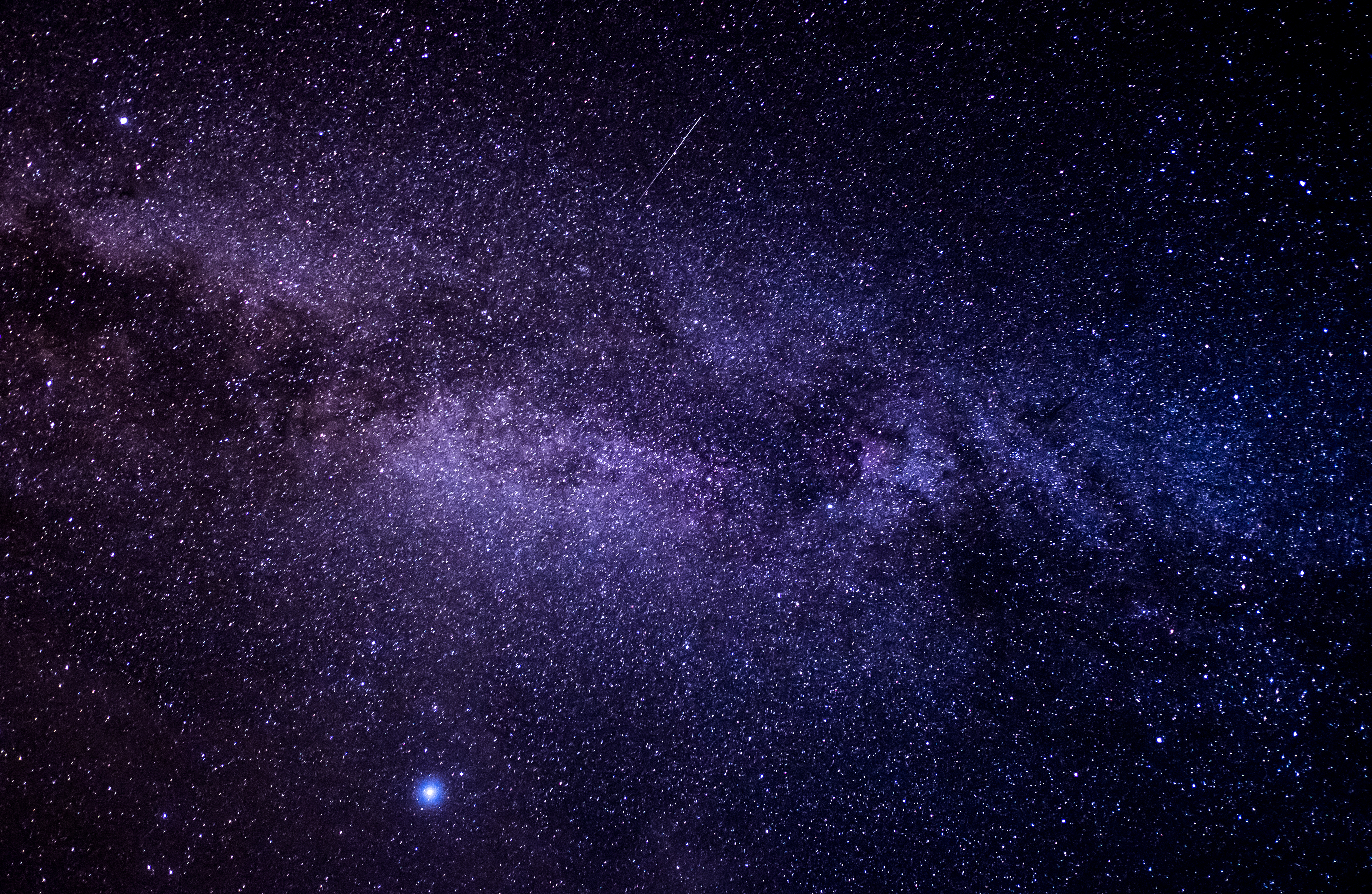The Milky Way and Lentil Beans
Engage
I begin by first addressing a misconception about Earth’s place in the universe that students often possess. Many students greatly underestimate the vastness of the universe and our solar system’s smallness (and Earth’s smallness in comparison), believing that our solar system is a major part of the galaxy. To address the misconception, I show students a picture of spiral galaxy Messier 81 and ask them if the picture is of our galaxy. Many students will believe it is, and that one of NASA’s probes was able to go far enough to take the picture. I then reveal the actual galaxy in the picture. The NASA website has some great pictures of spiral galaxies taken by the Hubble Space Telescope (see Resources). NASA explains that a picture of our galaxy is not technically possible due to the size of our galaxy (see “NASA’s Educators’ Corner” in Resources). It is estimated that NASA’s newest probe, the Parker Solar Probe, may reach a speed of 692,300 km/hr (430,000 mph). That is fast enough to get from Philadelphia to Washington, D.C. in one second. At that speed, it would still take over 50 billion years to be far enough away in order to snap a complete picture of the Milky Way. This can be a good place to show The Power of Ten video to introduce students to astronomical distances (see Resources).
Explore
Day 1
It is important to be sure groups are using correct computations such as using correct metric units (cubic centimeters and meters) and the correct formula for volume. Some groups may need to be asked some guiding questions pertaining to the metric volume in order to proceed. For groups who are struggling, I ask questions such as “What is the formula for finding volume of a cube or solid rectangle?” and “What solid volume is one milliliter equal to?” (The equivalency of one ml = 1 cm3 can be demonstrated by pouring 1 ml of sand into a 1 cubic centimeter cube, which can be made from paper.) Groups may need reminding that the volume of the cup is in ounces and they will need to find the volume of 200 billion lentil beans in a metric measurement. Once the procedure is approved, each group member must have the procedural steps written in their notebooks so the group can proceed if members are absent.
Day 2
At the beginning of class, I have students look at the yellow lentil bean taped in their notebooks. The class is reminded that this activity is to help them understand the perspective that our star, the Sun, is just one star amidst approximately 200 billion stars.

Once students believe they have an estimated volume that 200 billion lentil beans would take up, the next step is to come up with a comparable volume that they are familiar with. Students visualizing a volume larger than a classroom filled with lentil beans is a lot more meaningful than just determining a volume of (approximately) 8,350 cubic meters filled with lentil beans. I have supervised groups who have wanted to measure the hallway or gym, although this may not always be possible. When doing so, make sure that students keep the metersticks below waist level.

Students may choose to find the dimensions/volume of their room or rooms at home. For students who may not have access to a meterstick at home, a one-meter length of string with decimeters marked could be provided. This is also a great way to get families involved.
Explain
Days 3 and 4
Each group must develop a poster to show evidence of a model that shows how they calculated the volume of 200 lentil beans. This must include their method, rationale, calculations, and results (see rubric in Figure 1). Many groups include pictures and drawings on their poster in order to visually depict their procedure. These posters are arranged around the classroom for a gallery walk during which students examine each other’s work. As the groups walk around the room, taking a few minutes at each poster, they make comments and evaluations of each poster in their notebooks for the follow-up discussion and summative assessment. Many students write what other groups did differently or the same as their group, which engages them in constructing viable arguments and critiquing the reasoning of others. Students may want to use sticky notes to put questions or comments on the posters. The sticky notes can also be used with the follow-up discussion.
RESOURCES
Galaxy pictures
http://www.nasa.gov/mission_pages/hubble/ news/spiral_galaxy.html
Hubble Extreme Deep Field image
http://www.nasa.gov/mission_ pages/hubble/science/xdf.html
The Measure of Things
http://www.bluebulbprojects.com/ measureofthings
NASA’s Educators’ Corner
https://imagine.gsfc.nasa.gov/ educators/lessons/star_size
Powers of Ten video
http://www.youtube.com/ watch?v=0fKBhvDjuy0
Astronomy Earth & Space Science Lesson Plans Middle School


